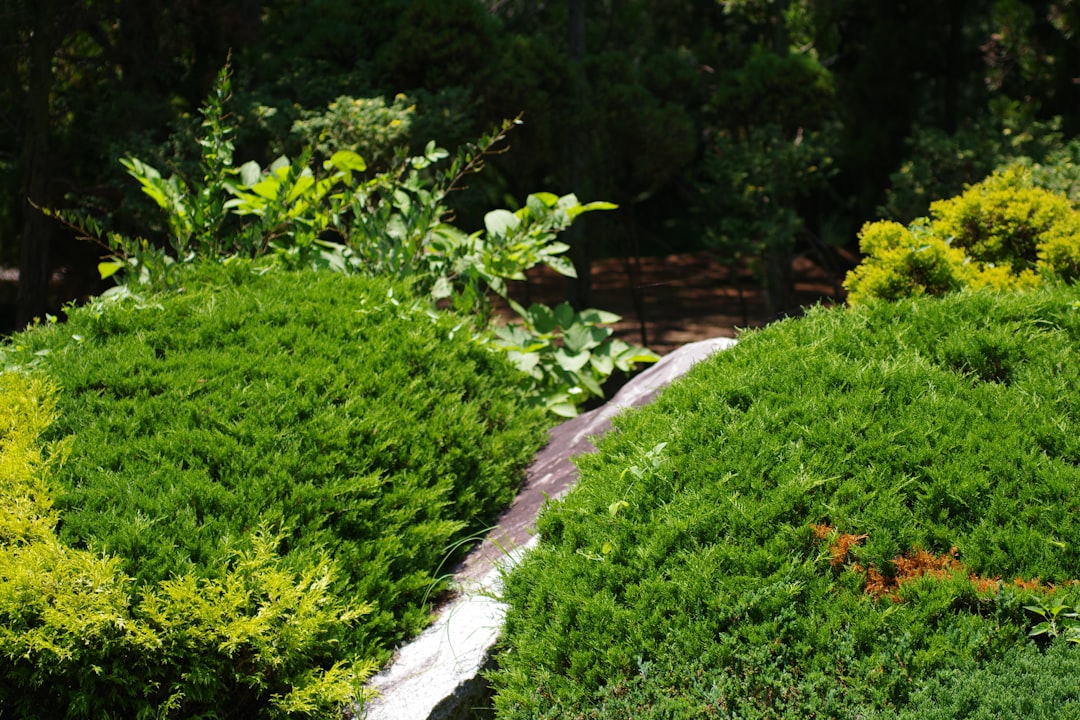The Enigmatic Ponytail Palm: A Succulent Gem for Your Home

When it comes to houseplants, there's a wide array of options to choose from. One particularly fascinating plant that often catches the eye is the ponytail palm. Despite its name, the ponytail palm isn't really a palm at all. It belongs to the succulent family, which gives it some unique characteristics and care requirements.
Let's start by delving into the appearance of the ponytail palm. This plant has a distinct look that makes it stand out in any indoor setting. Its base is thick and bulbous, which serves as a water storage organ, a common trait among succulents. From this bulbous base, long, slender, and arching leaves emerge, resembling a ponytail, hence the name. These leaves can grow quite long, adding an elegant and flowing aesthetic to the plant.
Now, let's talk about its growth potential. In its natural habitat, a fully - grown ponytail palm can reach an astonishing height of up to 30 feet. However, the great news for indoor gardeners is that you can keep it much smaller when grown in a pot. By carefully controlling the size of the pot and the amount of nutrients it receives, you can manage its growth and keep it at a more manageable size for your home. This makes it a versatile plant that can fit into various living spaces, whether you have a small apartment or a large house.
When it comes to caring for a ponytail palm, one of the most important things to keep in mind is its watering needs. Since it's a succulent, it has adapted to survive in dry conditions. Over - watering is one of the biggest mistakes you can make with this plant. It's best to let the soil dry out completely between waterings. You can check the moisture level of the soil by sticking your finger about an inch into the soil. If it feels dry, it's time to water. During the winter months, when the plant is in a dormant phase, you can reduce the frequency of watering even further.
Another aspect of care is the amount of light it needs. The ponytail palm thrives in bright, indirect light. Place it near a window where it can receive plenty of sunlight, but avoid direct sunlight for extended periods, as this can scorch the leaves. If you don't have a spot with enough natural light, you can also use artificial grow lights to provide the necessary illumination.
Soil is also crucial for the health of the ponytail palm. It requires well - draining soil. You can use a cactus or succulent potting mix, which is specifically formulated to provide good drainage. This helps prevent water from pooling around the roots, which can lead to root rot.
Fertilizing the ponytail palm is relatively straightforward. You can use a balanced, water - soluble fertilizer during the growing season (spring and summer). Dilute the fertilizer to half the recommended strength and apply it every few months. During the winter, you don't need to fertilize at all.
Propagation of the ponytail palm can be a bit challenging but rewarding. One common method is by removing the offsets, or “pups”, that grow at the base of the mother plant. Carefully separate these offsets and plant them in their own pots with well - draining soil. Keep them in a warm, bright location and water sparingly until they establish roots.
In conclusion, the ponytail palm is a wonderful addition to any houseplant collection. Its unique appearance, relatively low - maintenance nature, and adaptability to indoor conditions make it a great choice for both novice and experienced gardeners. By following the proper care guidelines, you can enjoy the beauty of this succulent for many years to come.